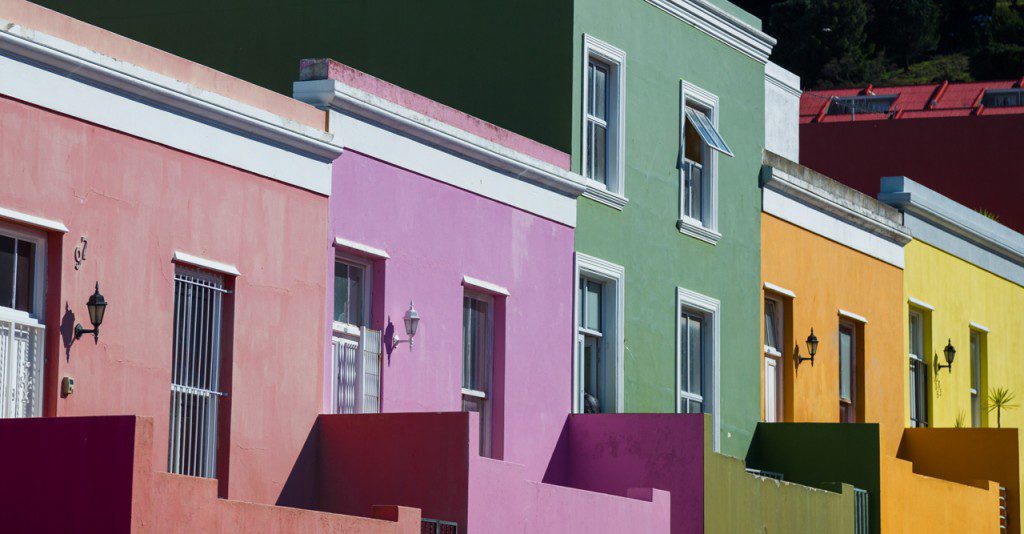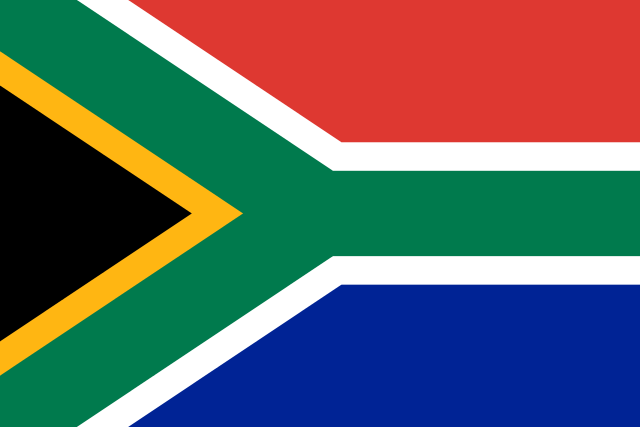Were it not for their unique cuisine, vibrant traditions, and beautiful houses in the Bo-Kaap district of Cape Town, South Africa’s Cape Malay population would have easily been lost to history. But beneath the cheerful veneer of pastel homes and deliciously fusion foods lies a story of pain, slavery, and most of all, survival against all odds.
A painful history
As their name suggests, Cape Malays are descended from Asian slaves brought over by the Dutch VOC (East Indian Company) from their possessions in what is now Indonesia, Malaysia, and New Guinea. Beginning in the 1600s, the Dutch East India Company (the VOC, as it was known by its Dutch initials) began a systematic conquest of southeast Asia, specifically the island of Java, later taking control of the entire Indonesian archipelago, which they would rule until 1950.

Bobotie, an archetypal Cape Malay food. Source.
Not long afterwards, the slave trade began. After all, the Dutch needed cheap workers to keep their colonies functioning, especially labor intensive plantations producing spices like cinnamon, cardamom, and saffron.
Though less well-known in comparison to the transatlantic slave trade, the Dutch slave trade was no less brutal or racist. Historical records abound with accounts of cruel punishments (like floggings and deadly beatings) for even the slightest of infractions, like bumping up against Dutch slave owners in the street.
Many Indonesian slaves ended up in Cape Town, especially as it was a stopover for Dutch ships traveling from the Netherlands to their Asian colonies. Further, as many such slaves were generally prisoners of war or political dissidents who resisted Dutch authority, moving these troublemakers to Cape Town was seen as a way to break their power.
After arriving in South Africa, southeast Asian slaves often mixed with other enslaved peoples hailing from places like East Africa, Madagascar, and even south Asia to form the Cape Malay population today. Because of their mixed race origins, Cape Malays were labelled “Coloreds” under the apartheid system.
Cape Malay cuisine
From this mixing of cultures, one of the world’s first fusion cuisines was born. From koesisters, deliciously sweet doughnuts topped with coconut to the South African favorite of bobotie, a casserole of ground beef or lamb made with tomatoes, turmeric, curry, and other spices, Cape Malay cuisine has penetrated nearly every aspect of South African society. Notably, Cape Malay cuisine isn’t as spicy as the native curries of Southeast Asia, likely a concession to the different palates of the Dutch, and later, Afrikaans settlers.
In our next installment, we’ll take a look at some popular Cape Malay dishes.









